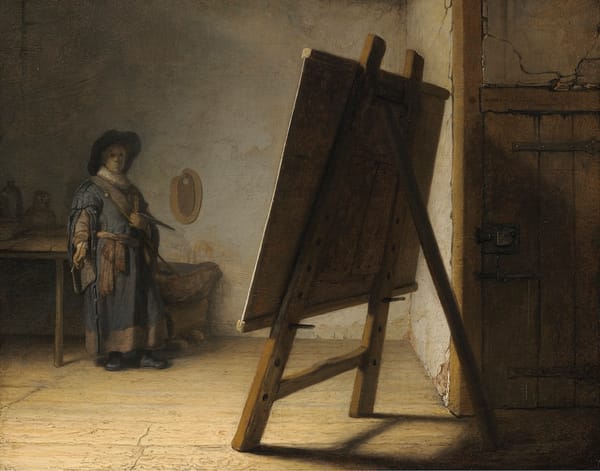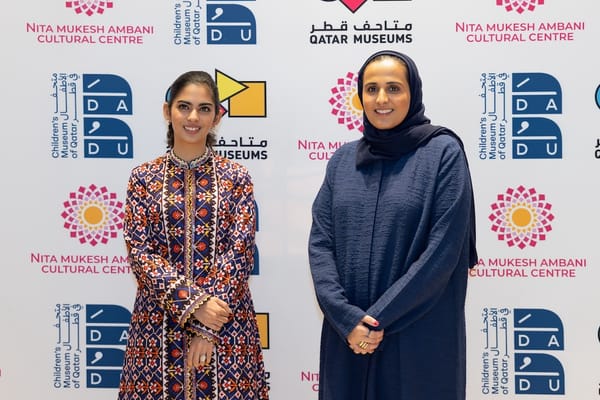The Art of Seeing: How Visual Storytelling Shapes the Way We Experience the World
Visual storytelling invites us to pause and see more deeply—transforming everyday moments into powerful narratives. In an image-saturated world, it reminds us that art still has the power to move, question, and connect.

Visual arts and photography are more than mere aesthetics—they are powerful mediums through which narratives are communicated and emotions are conveyed. In today’s fast-paced, image-saturated world, the ability to tell a compelling story through visual elements has become essential. This article explores the essence of visual storytelling, the scientific underpinnings of why our brains are naturally drawn to images, the techniques that can transform an ordinary photograph into an evocative narrative, and the intriguing intersection of fine art with photojournalism.
What Is Visual Storytelling in Art and Photography?
Visual storytelling encompasses the use of imagery to craft a narrative, evoke emotions, or capture moments of significance. It is an art form that dates back centuries, from the intricate tapestries of the Renaissance to the evocative paintings of the Romantic era. In photography, it involves more than snapping a picture—it is about curating an image with intention, imbuing it with context, meaning, and an invitation to the viewer to engage on a deeper level.
Historically, visual storytelling was the primary means of communication before the advent of written language in many cultures. Today, while technology has changed the medium, the core concept remains the same: to share a story that resonates. Whether it is a candid moment on the streets of London or a meticulously composed studio portrait, each image has the potential to unfold its own story.
The digital age has democratised this art form, giving rise to countless platforms where photographers and visual artists can share their work. However, with this abundance comes the challenge of cutting through the noise. Therefore, crafting a narrative that is both authentic and technically sound has become more critical than ever.
Why Our Brains Are Wired for Stories—Especially Visual Ones
Neuroscience tells us that the human brain is wired to respond to visual stimuli. Studies have shown that images are processed 60,000 times faster than text—a fact that underscores the power of a well-crafted visual narrative. Our ancestors relied on visual cues for survival, and this ingrained tendency has translated into a modern appetite for images that are both beautiful and meaningful.
Visual storytelling taps into our primal need to understand and navigate the world around us. The emotional resonance of an image can trigger memories, evoke empathy, or even inspire action. Consider how a single photograph of a poignant moment can spread across social media, mobilising communities or sparking movements. Such images work on a psychological level, prompting viewers to connect with the content before they even realise it.
The interplay of light, colour, contrast, and composition all influence how we interpret an image. When executed skilfully, these elements can guide the viewer’s eye through the narrative, mirroring the natural progression of thought and emotion. This deep-seated connection between visual art and human cognition is why a compelling image can leave a lasting imprint on our minds.
Techniques That Turn a Photograph into a Narrative Work
Photography, when elevated beyond documentation, becomes a medium of storytelling through deliberate technique and creative expression. Several key elements contribute to this transformation:
Composition and Framing
A well-composed image utilises principles such as the rule of thirds, leading lines, and symmetry to create a visual balance that naturally guides the viewer’s gaze. The framing of a shot—what is included and what is left out—plays a crucial role in setting the context of the story. This technique allows the photographer to highlight the subject while also providing hints of the surrounding environment that contribute to the narrative.
Lighting and Mood
Lighting is perhaps the most influential aspect of photography. It can accentuate emotions, reveal texture, and even alter the perception of time and space. Soft, diffused lighting might evoke a sense of tranquillity and nostalgia, while stark, dramatic contrasts can inject tension or urgency into an image. Experimentation with natural light versus artificial sources can yield striking results that elevate the storytelling aspect of the work.
Colour and Contrast
Colour choices can significantly impact the mood and narrative of a photograph. Vibrant hues might suggest a lively, upbeat scene, whereas muted, desaturated colours can evoke melancholy or introspection. The careful use of contrast—not just between light and dark, but also between warm and cool tones—can highlight particular elements of the story, drawing attention to details that might otherwise be overlooked.
Sequencing and Visual Rhythm
A single image can tell a story, but a series of photographs arranged in a thoughtful sequence can build an even richer narrative. This is where the concept of visual rhythm comes into play. Each image, like a sentence in a well-written paragraph, contributes to a broader story arc. Displaying such series in galleries or on digital platforms encourages viewers to engage with the work in a more comprehensive and emotionally resonant way.
Tools to Develop Your Visual Eye
• Inspiration through Study: Delve into the works of iconic photographers and visual artists. Analyse how they use composition, light, and colour to convey narrative.
• Practical Exercises: Engage in daily practices like visual journaling. Challenge yourself to capture a moment or emotion in a series of photographs over a week.
• Technological Aids: Utilize applications that help in editing and enhancing images. Learning to refine a shot post-capture can be as important as the initial composition.
When Fine Art and Photojournalism Collide
In recent years, the boundaries between fine art and photojournalism have increasingly blurred. Many contemporary photographers do not see a clear distinction between creating an art piece and documenting reality. This crossover has led to works that are not only aesthetically striking but also carry potent social and political commentary.
Take, for instance, the work of photographers like Cindy Sherman or Sohrab Hura. Their images often transcend traditional categories, resonating with audiences on multiple levels. By merging the emotive appeal of fine art with the raw immediacy of photojournalism, these creatives manage to capture both the beauty and the brutality of modern existence.
This convergence has opened the door to innovative narrative techniques that challenge viewers to re-examine their perceptions. It demonstrates that the essence of visual storytelling lies in its ability to engage audiences—whether through the subtle nuances of a painted canvas or the visceral reality captured in a candid street photograph.
How to Read a Photograph Like a Painting
Interpreting a photograph can be likened to reading a piece of art. Both require a level of engagement that goes beyond superficial observation. Here are some strategies to help develop a deeper understanding of visual narratives:
• Decipher the Symbolism: Look for recurring motifs or elements that might have a symbolic significance. Colours, objects, or even the positioning of subjects can carry layers of meaning.
• Consider the Context: Understanding the background of the work—be it historical, cultural, or situational—can add valuable insights into its narrative.
• Engage Your Senses: While viewing a photograph, allow yourself to experience the emotions it evokes. Consider how the interplay of light, colour, and composition affects your mood.
• Analyse the Composition: Reflect on how the photographer has arranged the elements within the frame. Ask yourself what the focal point is and how the surrounding space influences your perception of the subject.
By treating a photograph as a multi-dimensional narrative, you can appreciate the intricate dialogue between the visual elements and the story they represent.
Why Visual Storytelling Still Matters in a Scrolling World
In an age defined by rapid digital consumption and endless scrolling, the art of deep, intentional viewing is more important than ever. Visual storytelling offers a counterbalance to the superficiality often found on social media. It invites us to pause, reflect, and engage with the underlying narratives that shape our perceptions of the world. The timeless nature of visual art lies in its ability to encapsulate complexity in a single frame or a thoughtful series. In embracing these narratives, we rediscover the value of stillness and contemplation—a sharp contrast to the ephemeral content that dominates modern platforms.





